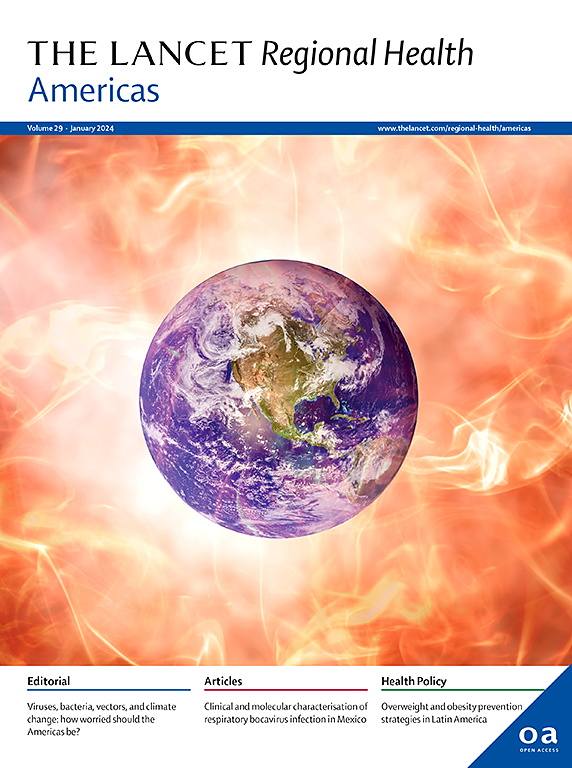合法和安全堕胎的自我保健干预措施:乌拉圭以妇女为中心的性保健和生殖保健做法的经验教训。
IF 7
Q1 HEALTH CARE SCIENCES & SERVICES
引用次数: 0
摘要
问题:1990年代,乌拉圭近40%的孕产妇死亡是由不安全堕胎造成的。做法:乌拉圭实施了一项减少伤害模式,通过促进和支持妇女在家中自行管理医疗堕胎,解决了与不安全堕胎做法相关的风险,鼓励了妇女的自主权。地方环境:自2005年以来,乌拉圭的产妇死亡率加速下降,同时实施了两项重大行动:减少伤害的做法,通过自我管理医疗流产积极促进自我保健;2012年,立法进行了修改,规定在怀孕12周或更晚的妇女因特定迹象提出要求时,在性健康和生殖健康设施内堕胎合法。相关的变化:这个例子表明,通过民间社会、保健专业人员和决策者的共同努力,公共政策有可能取得进展。该倡议扩大了医疗保健系统的切入点,同时加强了妇女的自主权。经验教训:增加获得性健康和生殖健康自我保健干预措施的机会,有助于推动实现全民健康覆盖和最高、最可达到的健康标准。资金来源:作者没有与本文相关的财务关系需要披露。本文章由计算机程序翻译,如有差异,请以英文原文为准。
Self-care interventions for legal and safe abortions: lessons learned from a woman-centered approach to sexual and reproductive healthcare in Uruguay
Problem
In the 1990s, almost 40% of maternal deaths in Uruguay were caused by unsafe abortions.
Approach
A harm reduction model implemented in Uruguay, which addressed the risks associated with unsafe abortion practices by promoting and supporting the self-management of medical abortions by women in their homes, encouraged women’s autonomy.
Local setting
Since 2005, an accelerated decrease in maternal mortality has been recorded in Uruguay, coinciding with the implementation of two major actions: a harm reduction approach with active promotion of self-care through self-management of medical abortions; and in 2012, a change in legislation, which made abortion legal within sexual and reproductive health facilities when requested by women up to 12 weeks of pregnancy or later for specific indications.
Relevant changes
This example demonstrates that progress in public policies is possible through the combined efforts of civil society, healthcare professionals and policy makers. The initiative expanded the entry points to the healthcare system while strengthening women’s autonomy.
Lessons learned
Increased access to self-care interventions for SRH contributed to advancing achievement of universal health coverage and the highest, most attainable standards of health.
Funding
The authors have no financial relationships relevant to this article to disclose.
求助全文
通过发布文献求助,成功后即可免费获取论文全文。
去求助
来源期刊

Lancet Regional Health-Americas
Multiple-
CiteScore
8.00
自引率
0.00%
发文量
0
期刊介绍:
The Lancet Regional Health – Americas, an open-access journal, contributes to The Lancet's global initiative by focusing on health-care quality and access in the Americas. It aims to advance clinical practice and health policy in the region, promoting better health outcomes. The journal publishes high-quality original research advocating change or shedding light on clinical practice and health policy. It welcomes submissions on various regional health topics, including infectious diseases, non-communicable diseases, child and adolescent health, maternal and reproductive health, emergency care, health policy, and health equity.
 求助内容:
求助内容: 应助结果提醒方式:
应助结果提醒方式:


